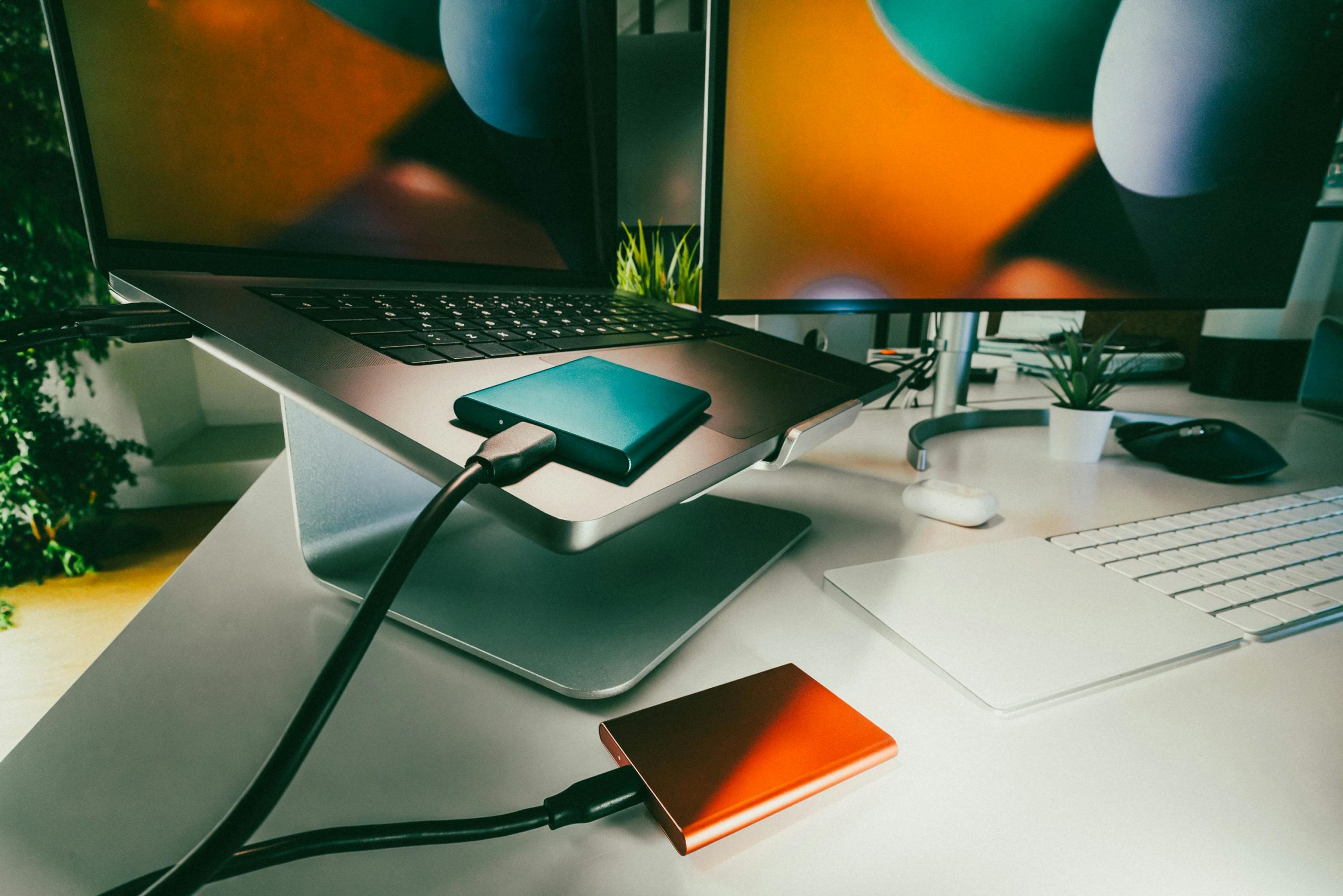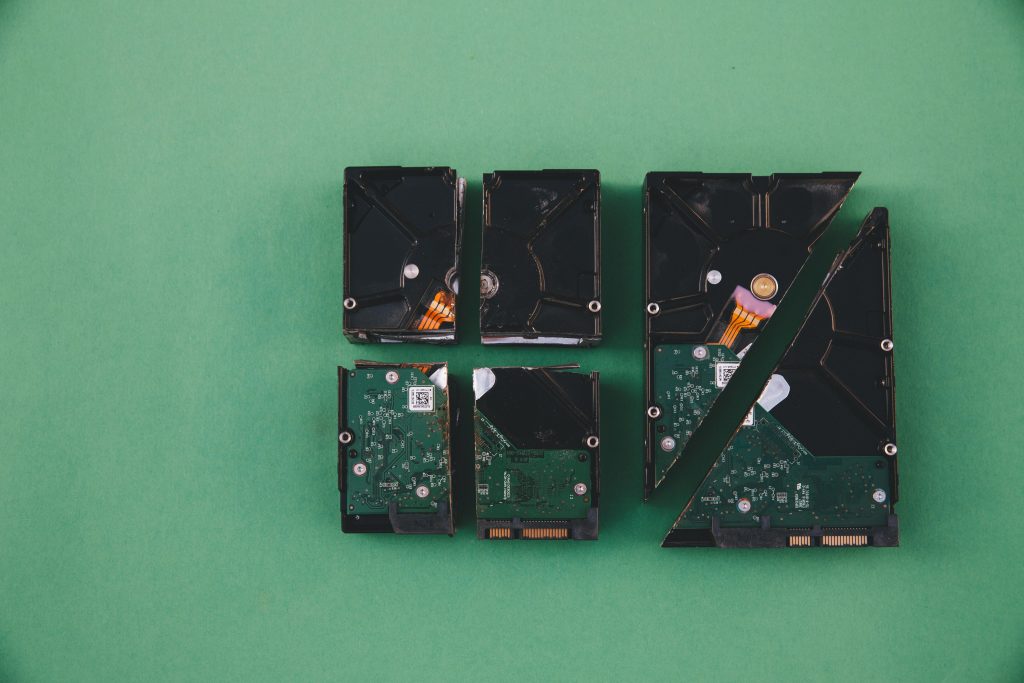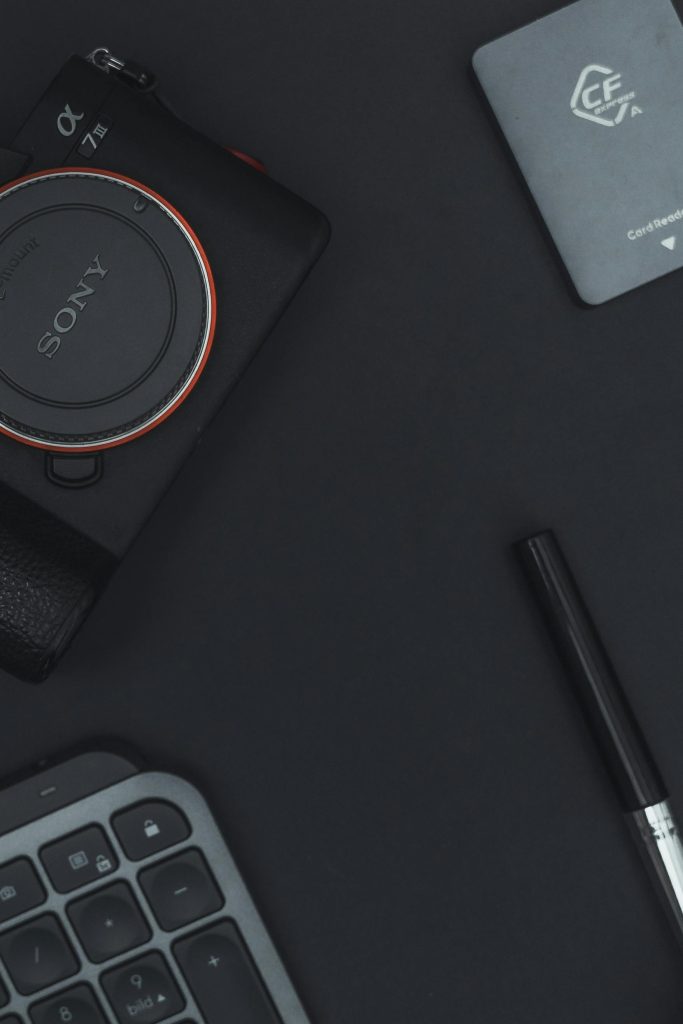Troubleshooting Issues with Your Seagate 10GB Hard Drive in a UGreen Enclosure
If you’ve recently connected a Seagate 10GB Hard Drive housed within a UGreen enclosure and are facing detection issues on your Windows device, you’re not alone. Many users encounter similar situations, and while they can be frustrating, there are systematic approaches to resolve them.
The Problem at Hand
Upon connecting your Seagate hard drive, you may notice that while the system acknowledges the device—indicated by the typical connection sound—it fails to appear in “My Computer.” Despite its recognition in the Device Manager and Disk Management, users often find that the drive shows partitions but cannot access them. Options such as initialization, properties, and formatting may be greyed out, leaving you in a state of uncertainty regarding your data.
What to Do When Your Hard Drive Isn’t Accessible
Here are several steps you can take to troubleshoot and potentially resolve this situation without risking data loss:
-
Confirm Connections: Ensure that all cables are securely connected. A loose USB connection or damaged cable can lead to detection issues.
-
Check for Power Supply: Some drive enclosures require additional power. Verify if your UGreen enclosure needs an external power source and ensure it is plugged in.
-
Update Drivers: Sometimes, outdated drivers can cause detection problems. Go to Device Manager, find your hard drive, right-click, and select ‘Update Driver’ to see if there are any available updates.
-
Assign a Drive Letter: In Disk Management, if the drive partitions appear without letters, right-click on each partition and attempt to assign a new drive letter.
-
Use Data Recovery Software: If the drive isn’t accessible through traditional means, it may be time to consider third-party data recovery tools. Options like Recuva, EaseUS Data Recovery Wizard, or Stellar Data Recovery can scan for recoverable files—even if the drive is not functioning properly.
-
Contact Support: If all else fails, reaching out to Seagate’s technical support or the support team at UGreen may provide insights or solutions specific to your hardware.
Prevention is Key
To avoid such issues in the future, it’s crucial to regularly back up your data and use reliable storage solutions. Consider creating a routine for data management to ensure documents and files are always preserved.
In conclusion, while encountering problems with your external hard drive can be stressful, following these steps can guide you toward
Share this content:




It sounds like you’ve already done some good initial troubleshooting. Since your Seagate drive is recognized in Device Manager and Disk Management but isn’t accessible, here are a few additional steps you can try:
diskpart, then list disks withlist disk. Select your drive withselect disk X(replace X with your disk number). Check partition details withlist partition. Be cautious — this tool is powerful and can alter data.